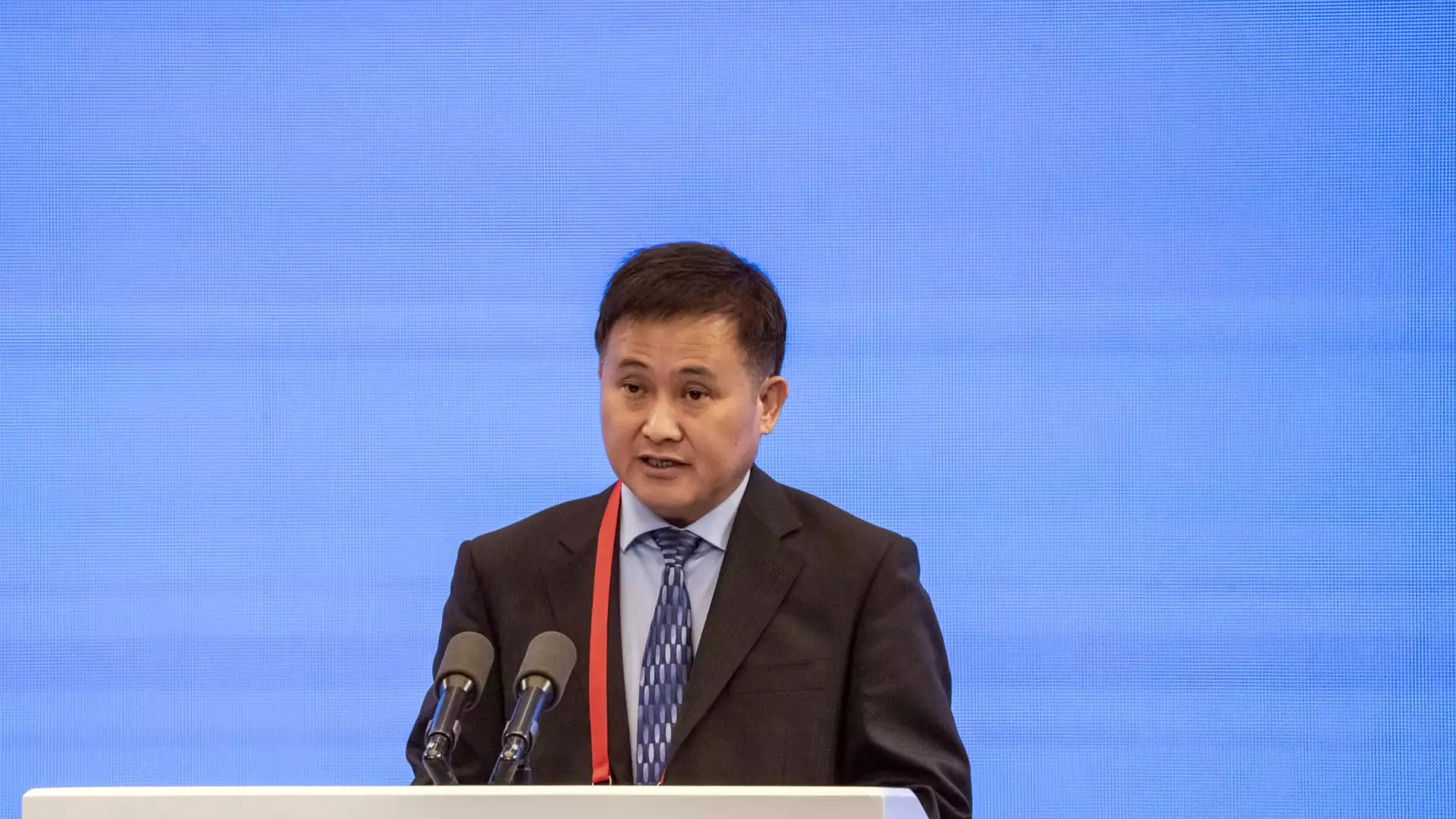Governor Pan Gongsheng of the People’s Bank of China recently stated in state media interviews that China’s financial risks have decreased. He specifically mentioned a drop in local government debt, which has been a major concern for international institutions. Pan emphasized that the central bank, along with the Ministry of Finance, is committed to helping China achieve its full-year growth targets. While this may sound like positive news, it is crucial to examine the underlying factors contributing to this apparent decrease in financial risks.
One of the key areas of concern has been the high levels of debt associated with local government financing platforms in China. These platforms were created to allow local authorities to fund infrastructure projects when they were unable to borrow directly. However, the use of shadow banking to finance these projects led to a lack of regulatory oversight and indiscriminate funding, resulting in high debt burdens. While Pan mentioned a decline in the number and debt levels of these financing platforms, it is essential to consider the long-term sustainability of this trend.
Despite some improvements in addressing local government debt, the S&P Global Ratings analysts highlighted that LGFV debt still poses a significant challenge. With over 1 trillion yuan ($140 billion) in LGFV bonds set to mature in the near future, the sustainability of this debt level remains uncertain. Additionally, the debt growth rate of LGFVs is still in the high single digits, indicating that the problem is far from being resolved. This raises questions about the effectiveness of the measures taken thus far to mitigate financial risks.
China’s slowing economic growth further complicates the situation. With the economy growing by only 5% in the first half of the year, concerns have been raised about the country’s ability to reach its growth target without additional stimulus. The International Monetary Fund has recommended that macroeconomic policy should support domestic demand to mitigate debt risks. This suggests that the current economic conditions in China may not be conducive to sustainable financial stability in the long run.
Another area of concern highlighted by the IMF report is the vulnerability of small and medium-sized banks in China. With nearly 4,000 such banks accounting for 25% of total banking system assets, the risk posed by these institutions cannot be overlooked. While Pan mentioned a decrease in the number of high-risk banks, the lack of specific figures raises questions about the extent of the improvement. The weak link in China’s banking system could potentially undermine efforts to reduce financial risks in the country.
Pan also mentioned the challenges faced by the real estate sector, which has traditionally played a significant role in China’s economy. While efforts are being made to shift towards advanced technology and manufacturing, the transition away from real estate as a driver of growth is a complex process. The low mortgage down payment ratio and interest rates may help stimulate the real estate market, but the long-term implications of this strategy remain uncertain. The shift towards affordable housing and rental units could impact the overall stability of the real estate sector in the future.
In response to heightened volatility in the government bond market, the People’s Bank of China made significant decisions regarding its monetary policy tools. The delay in rolling over the medium-term lending facility in favor of a capital injection through the 7-day reverse repurchase agreement indicates the challenges faced by the central bank in maintaining financial stability. Pan’s comments regarding the revamping of monetary policy structures suggest that ongoing efforts are being made to address market uncertainties. However, the effectiveness of these measures in stabilizing the financial system remains to be seen.
While Governor Pan Gongsheng’s statements may paint a positive picture of China’s financial stability, a critical analysis reveals the underlying challenges that still need to be addressed. The decreasing financial risks, particularly in relation to local government debt and banking system vulnerabilities, are positive developments. However, the sustainability of these trends, as well as the impact of economic transition and market volatility, raise important questions about the future of China’s financial system. It is crucial for policymakers and financial regulators to carefully monitor these developments and take decisive actions to ensure long-term stability and growth in the Chinese economy.

